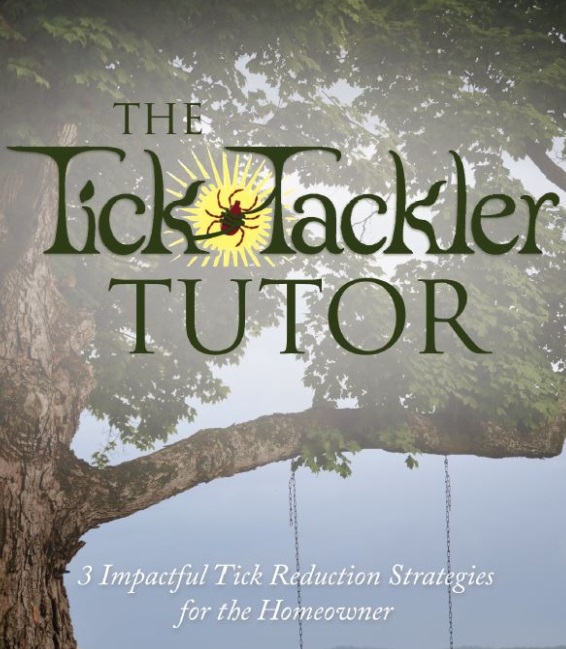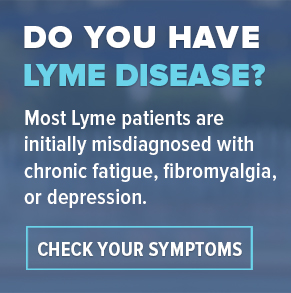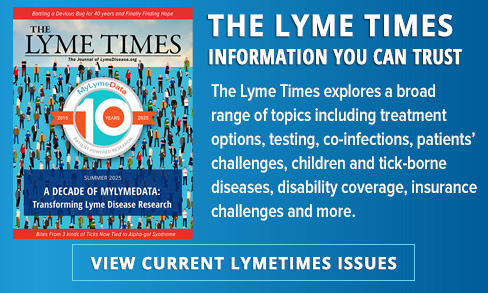How to tick-proof your home and reclaim the use of your yard

By Jennifer Meisenbacher-Molzen
In 2006, on the Fourth of July, my friend Kelly handed me a margarita. I remember thinking that the glass was super heavy and that I was more than the usual “chasing a 3- and 5-year-old around” tired.
I woke up the next day utterly exhausted. My head and neck were screaming, I had lumpy lymph nodes, and I noticed a bull’s-eye rash on my skin. I made it to the doctor’s quickly, but that event and the Lyme diagnosis I received would affect my health for the rest of my life.
There are certain times in your life when you simply have to call your mom. The first is when you find out you are having a baby, and the second is when you learn you have Lyme disease. I could not get myself out of bed to take care of my children. I remember thinking that if the house was to burn down, I would burn down with it. Who would save my kids, my pets? The questions terrified me.
Learning everything about ticks
As the days rolled on, I began to improve and eventually became functional. While lying in bed I thought: “This can never happen again, and I must do everything in my power to protect my family from this horrible disease.”
I soon would spend the next two years educating myself about ticks and applying everything I learned to battle them in my own backyard.
I wondered, where were the ticks coming from? What parts of the property were more inviting to ticks than others? Were there any safe places for my children to play and the dog and cats to go?
Since the name of the disease came from the town of Lyme, Connecticut, I got started by diving into reading the “State of Connecticut Tick Management Handbook” and applied their strategies to my backyard.
Because ticks spend most of their lives off their host, I needed to figure out where they were hanging out. At first, my perspective was that of a student. Then I shifted gears and looked at the yard through a different lens. I found that by thinking like a mom, an impulsive toddler, a gardener, a dog, or a cat, I could truly connect the dots and be more impactful.
I contracted Lyme two more times in the next 16 years. And both of those times I learned about new variables that put me in harm’s way. For example, the second time, I confirmed that ticks are active in the winter if temps go above 40 degrees. We had some trees come down and were moving the logs and disrupting the undergrowth in the field…and the ticks.
Time number three, I dismissed the bite as a spider bite on my upper arm after retrieving a rogue soccer ball from the bushes at the park. It was the perfect bull’s-eye to show off to the interns at my doctor’s office! So yes, I have been there, and I truly hope that you find my ignorance helpful in your plight against tick bites.
Sharing what I learned
I can’t believe that it’s been almost 18 years since my first bout of Lyme. Do you remember the questions I struggled with back then? Where were the ticks coming from? What parts of the property were more inviting to ticks than others? Were there any safe places for my children to play and the dog and cats to go? I’ve since figured them out.
My methods worked so well that I created my own tick control company called Tick Tackler. I have conducted over 10,000 residential and commercial pesticide applications AND I have the answers to those questions and so many more. Now, I’ve put what I’ve learned into a book called
My goal? To teach you how to identify the higher risk areas in your own backyard and how to tick-proof your landscaping. I hope this information will help you take back your gardens and lawns, for the enjoyment of you, your family and your pets.
Jennifer Meisenbacher-Molzen founded Tick Tackler, a company focused on organic integrated residential tick control. Her book is available on Amazon.




















We invite you to comment on our Facebook page.
Visit LymeDisease.org Facebook Page